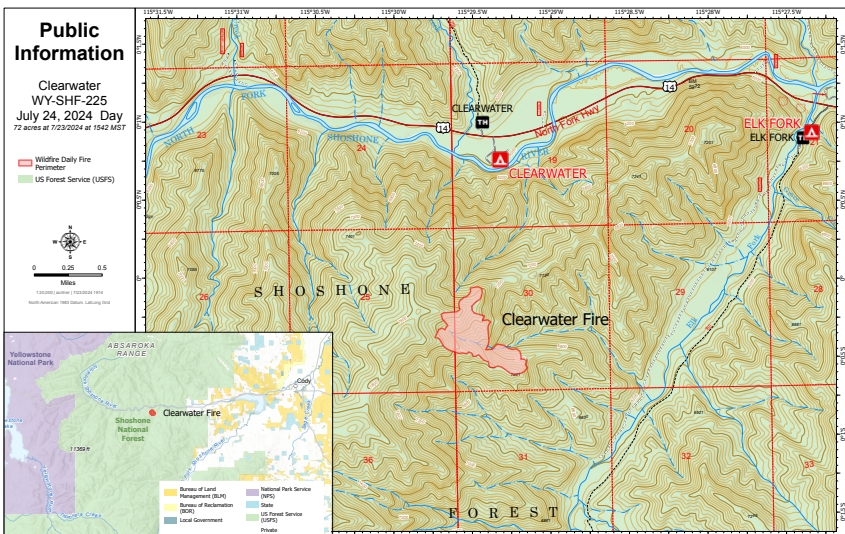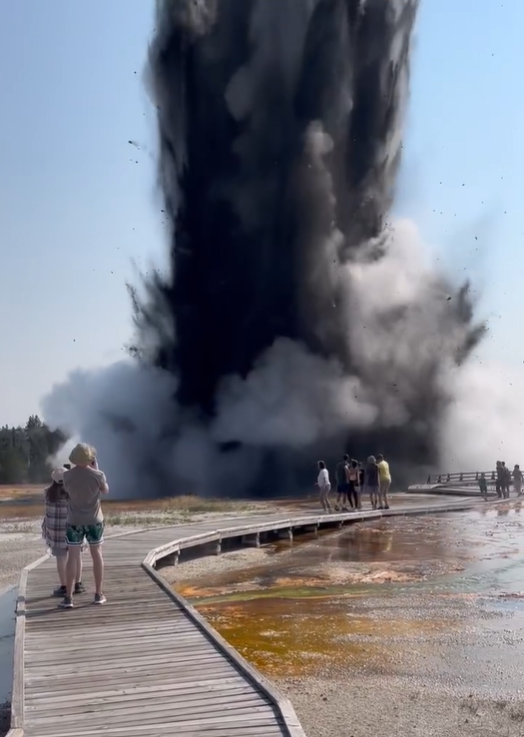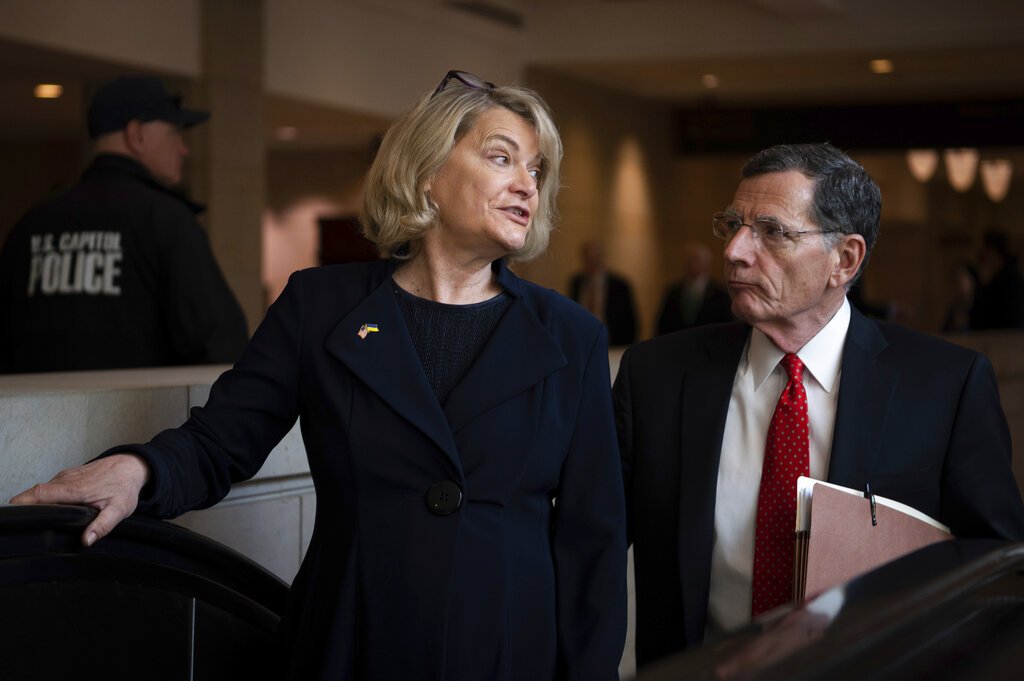President Biden’s Investing in America Agenda to Help Restore Bison Populations and Grassland Ecosystems in Tribal Communities
Written by Press Release on September 11, 2023
The Department of the Interior has announced that $5 million will be allocated from President Biden’s Investing in America agenda to assist in the restoration of bison populations and grassland ecosystems in Tribal communities. This funding will be provided to support initiatives led by Tribes, which aim to enhance bison conservation and expansion, enhance the management of existing herds, and promote ecosystem restoration in native grassland habitats.
The press release reads as follows:
WASHINGTON D.C. — The Department of the Interior today announced $5 million from President Biden’s Investing in America agenda to support the restoration of bison populations and grassland ecosystems in Tribal communities. The funding will support Tribally led initiatives to strengthen bison conservation and expansion, improved management of existing herds, and ecosystem restoration efforts in native grassland habitats. These investments advance the Biden-Harris administration’s America the Beautiful initiative.
The funding advances the Department’s new Grasslands Keystone Initiative, unveiled as part of a restoration and resilience framework that is guiding $2 billion in investments from the Bipartisan Infrastructure Law and Inflation Reduction Act to restore lands and waters and advance climate resilience.
“The American bison is inextricably intertwined with Indigenous culture, grassland ecology and American history. While the overall recovery of bison over the last 130 years is a conservation success story, significant work remains to not only ensure that bison will remain a viable species but also to restore grassland ecosystems, strengthen rural economies dependent on grassland health and provide for the return of bison to Tribally owned and ancestral lands,” said Secretary Deb Haaland. “This new funding from President Biden’s Investing in America agenda will help support Tribal efforts to restore this iconic species and integrate Indigenous Knowledge into the Department’s shared stewardship goals.”
“The Interior Department recognizes the crucial role of utilizing Indigenous Knowledge in our biggest resource conservation and management challenges, including our work to preserve and enhance Tribal bison herds,” said Assistant Secretary for Indian Affairs Bryan Newland. “Through historic funding from the Biden-Harris administration, we can support Tribes in maintaining and rebuilding their herds, which are central to their cultural, spiritual and nutritional traditions, while also improving and preserving the ecosystems that sustain both bison and Tribal communities.”
The investments announced today support Secretary’s Order 3410, which will enhance the Interior Department’s work to restore wild and healthy populations of American bison and the prairie grassland ecosystem through collaboration among Department bureaus and partners such as other federal agencies, states, Tribes and landowners using the best available science and Indigenous Knowledge.
The funding includes $3.5 million from the Inflation Reduction Act that will support the InterTribal Buffalo Council’s herd development and apprenticeship program created by S.O. 3410. The Council is a collection of 80 Tribes in 20 states that facilitates the management of more than 20,000 buffalo.
An additional $1.5 million from the Bipartisan Infrastructure Law is available through the Bureau of Indian Affairs to federally recognized Tribes and Tribal organizations to support Tribal bison herd expansion interests, including a focus on ecosystem restoration through bison conservation. For information on the application process, please visit the BIA’s Division of Natural Resources webpage.
American bison once numbered 60 million in North America, with the population anchored in what is now the central United States. Many Indigenous cultures, especially in areas where the species was most abundant, developed strong ties with bison and relied upon them for sustenance, shelter, and cultural and religious practices.
In the 19th century, bison were nearly driven to extinction through uncontrolled hunting and a U.S. policy of eradication tied to intentional harm against and control of Tribes. By 1889, only a few hundred wild bison remained. The persecution of bison contributed to the decline of healthy grassland ecosystems and, eventually, to the Dust Bowl in the 1930s. The loss of the keystone species, coupled with land conversion, led to declines of other important grassland wildlife, such as migratory birds and pollinators.
Beginning in the early 20th century with the support of President Theodore Roosevelt, conservationists and scientists made a collective effort to restore the American bison. Since then, collaborative conservation and restoration efforts have increased the number of wild bison in the United States from fewer than 500 to more than 15,000. The Interior Department currently manages 11,000 bison in herds across 4.6 million acres of U.S. public lands in 12 states, and will continue to work closely with state and Tribal wildlife and livestock managers to maintain healthy populations of grassland dependent species
While the security of the species is a conservation success worth celebrating, bison exist well below historic numbers in vast stretches of grasslands ecosystems, extracting a heavy toll on the human cultures and ecosystems with which bison coevolved. Today’s announcement will help advance bison restoration efforts to grasslands, which can enhance soil development, restore native plants and wildlife, and promote carbon sequestration, providing benefits for agriculture, outdoor recreation, and Tribes.




